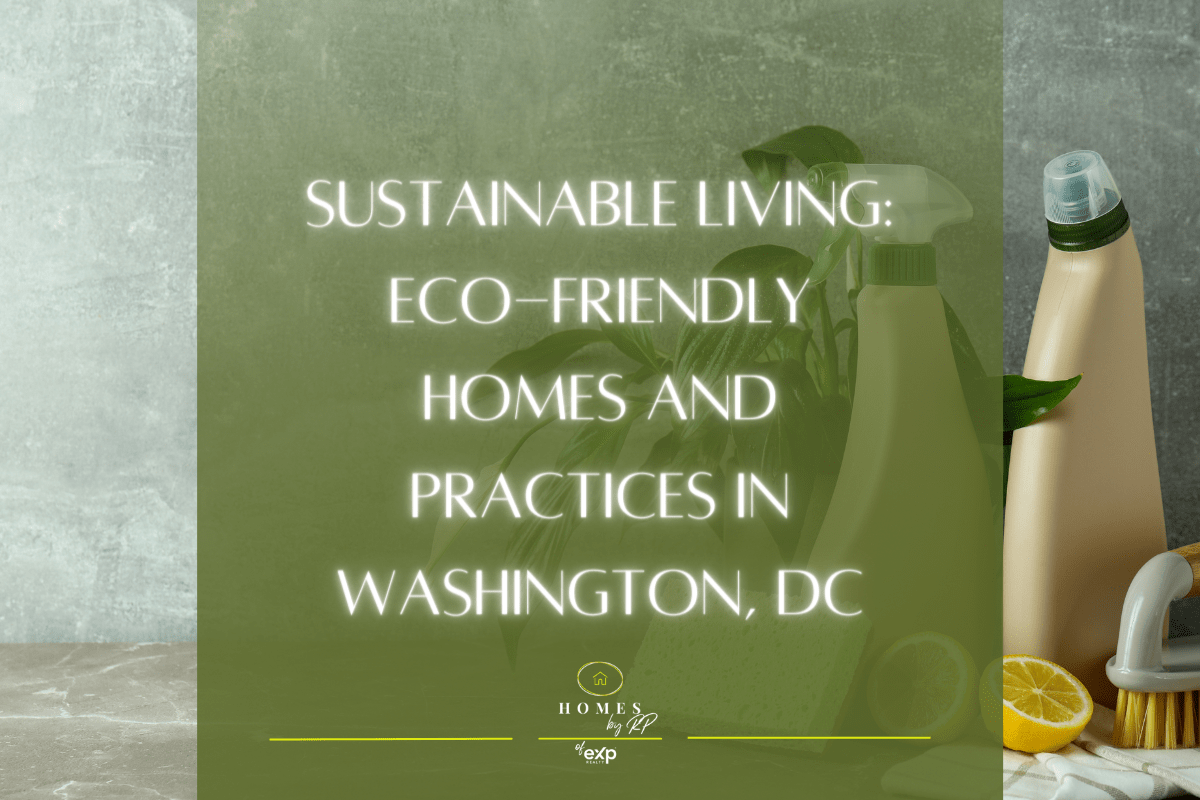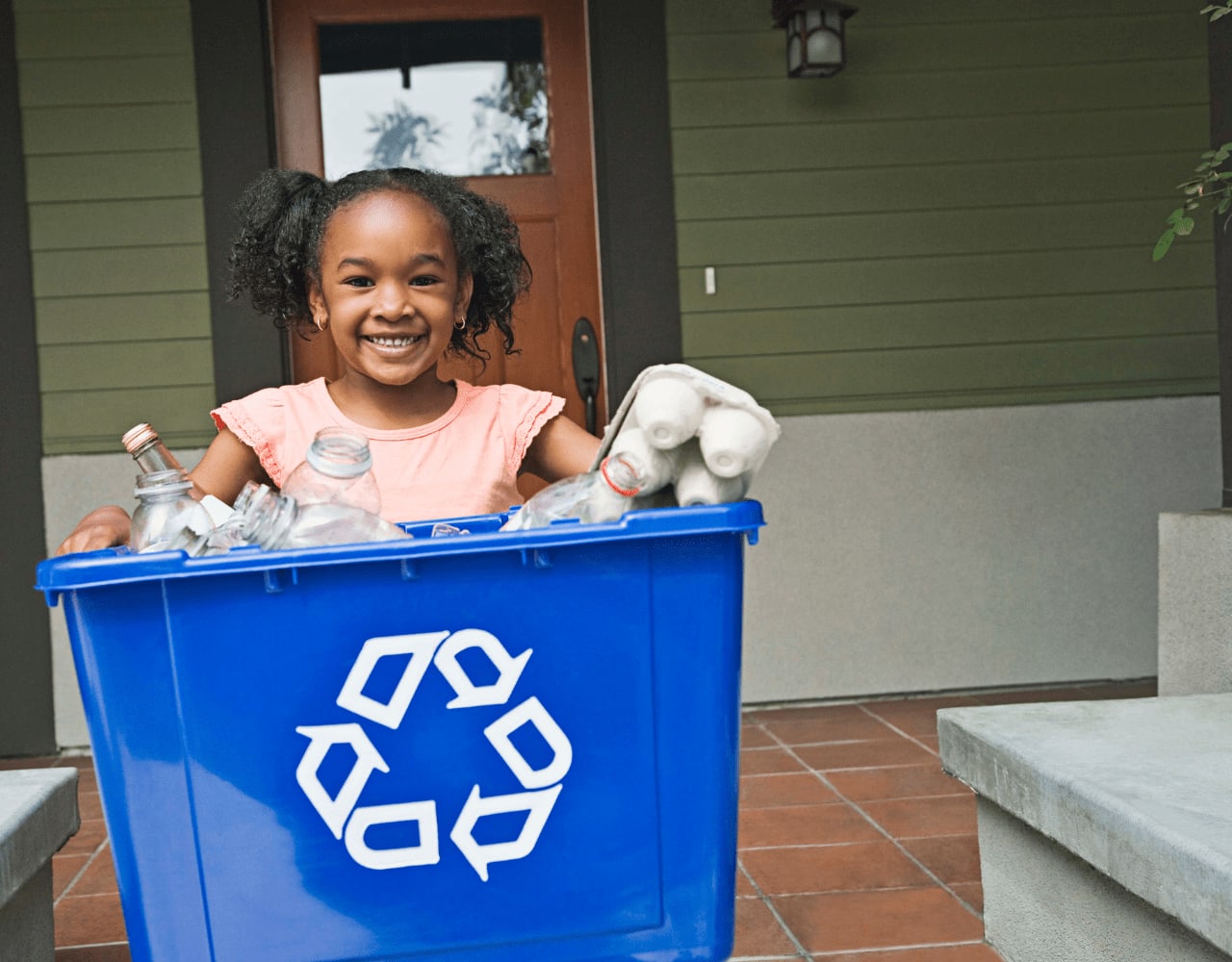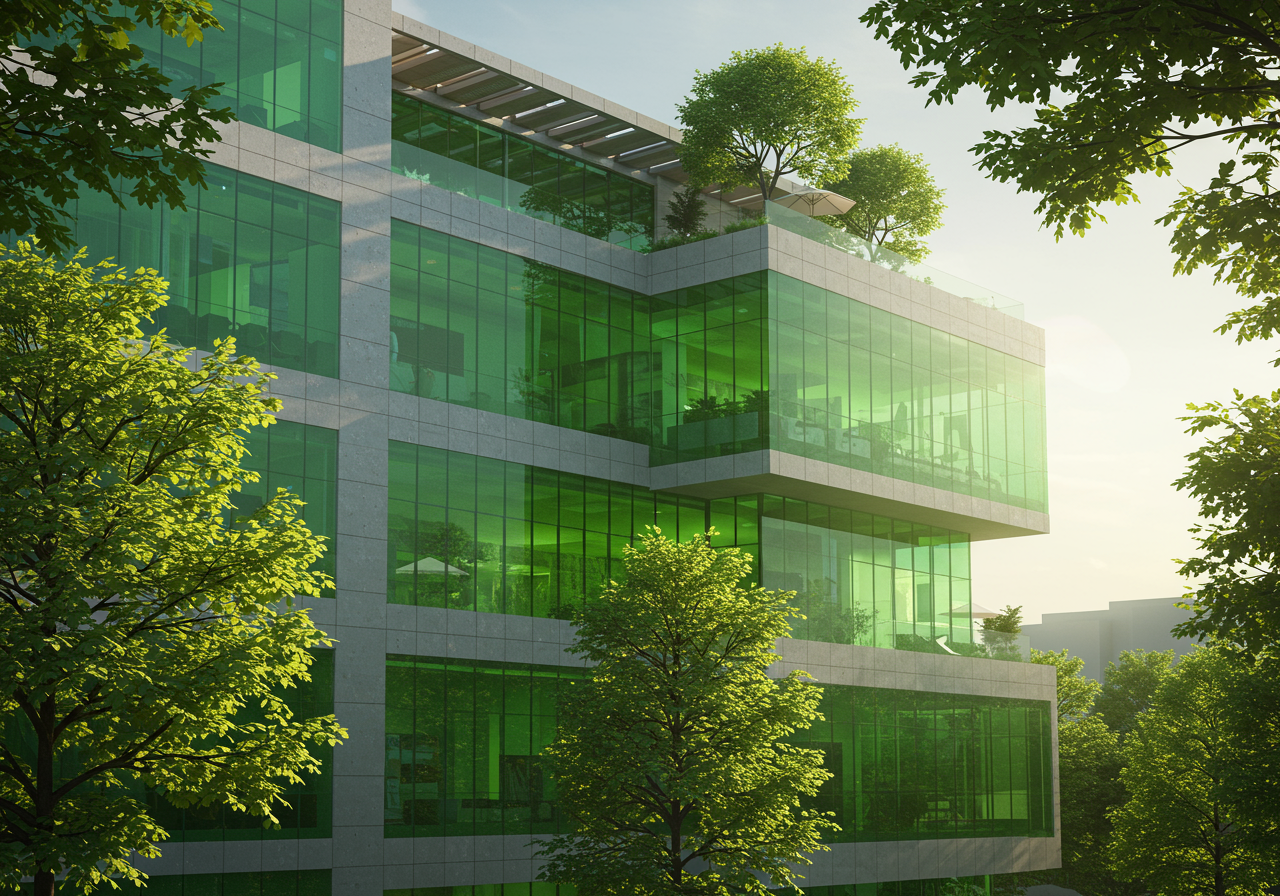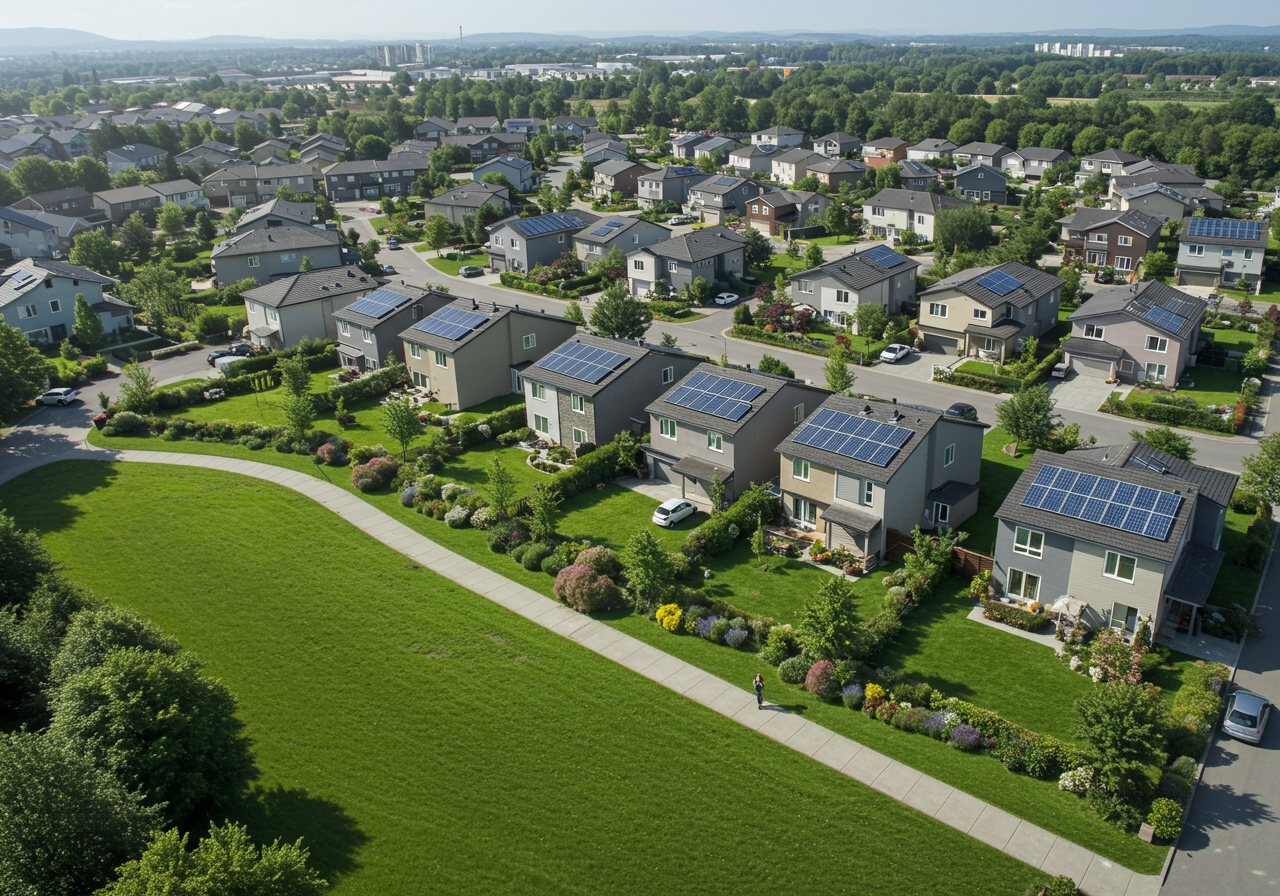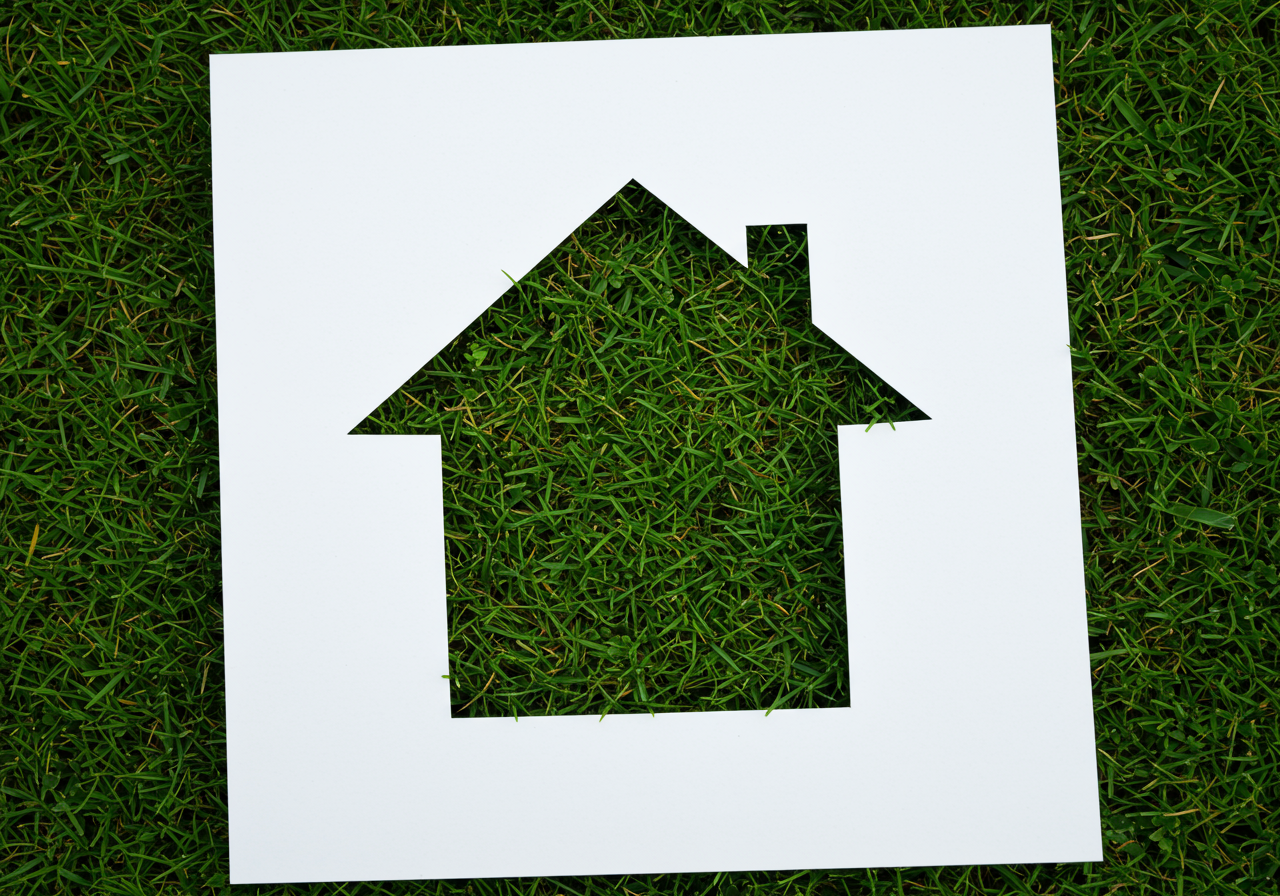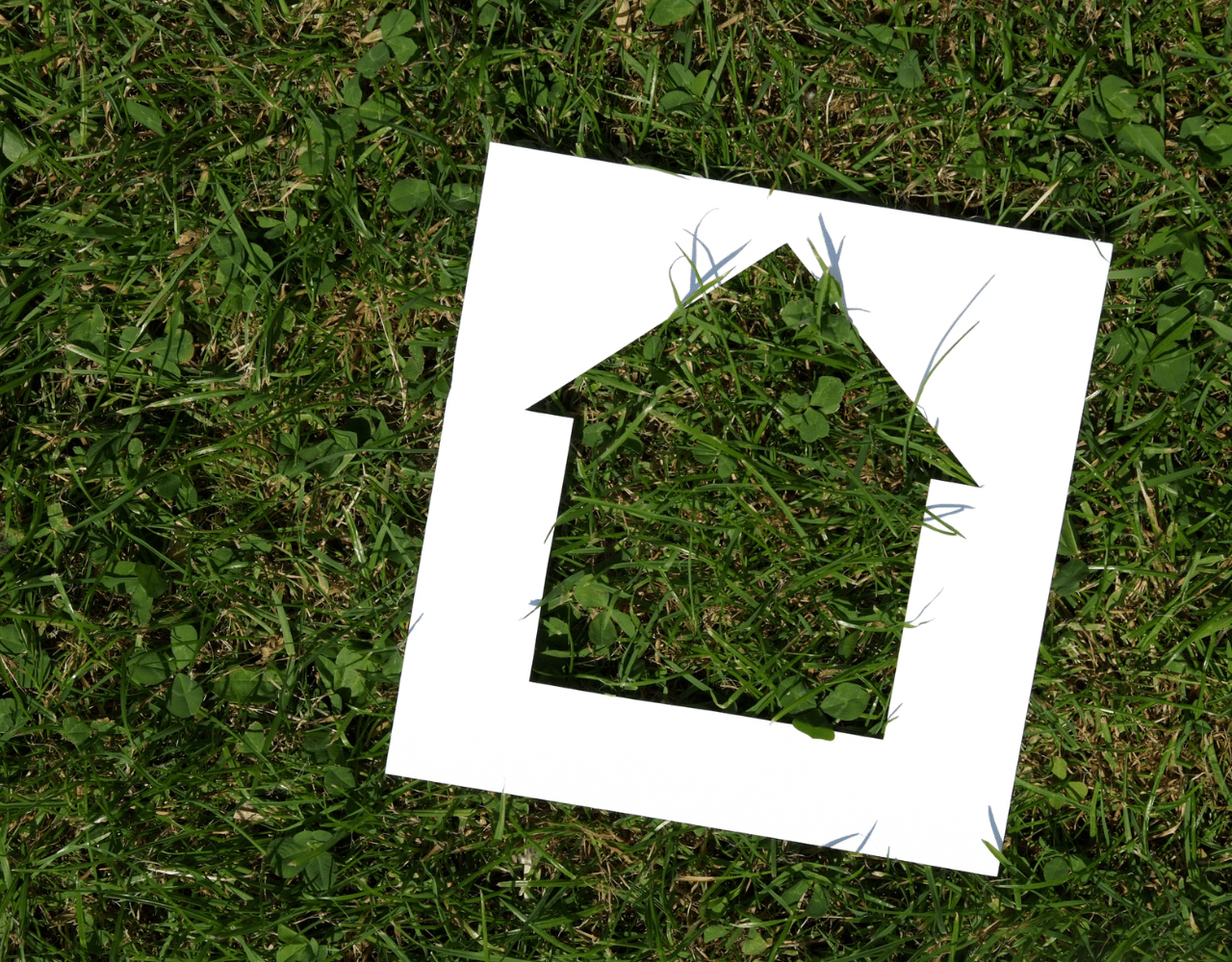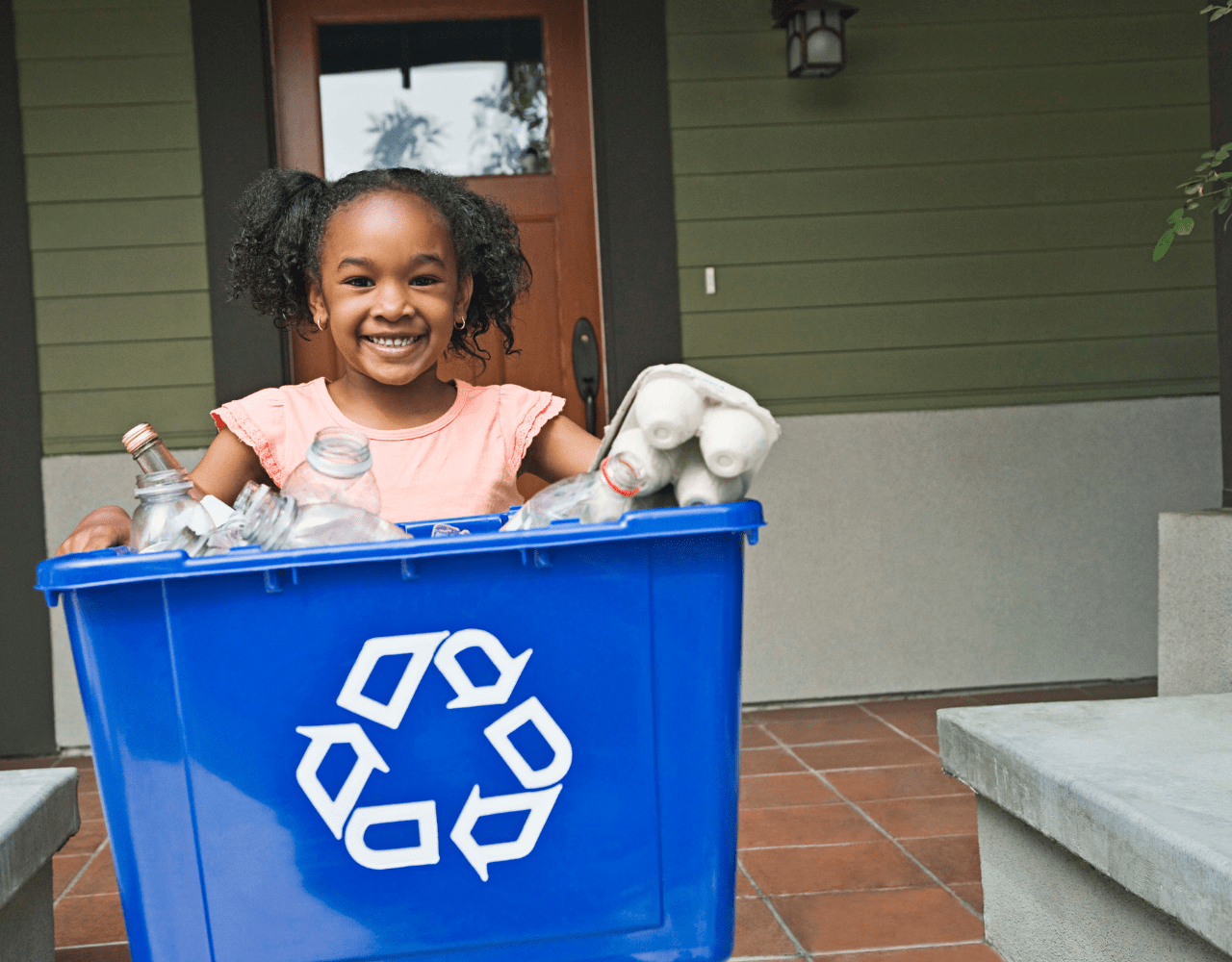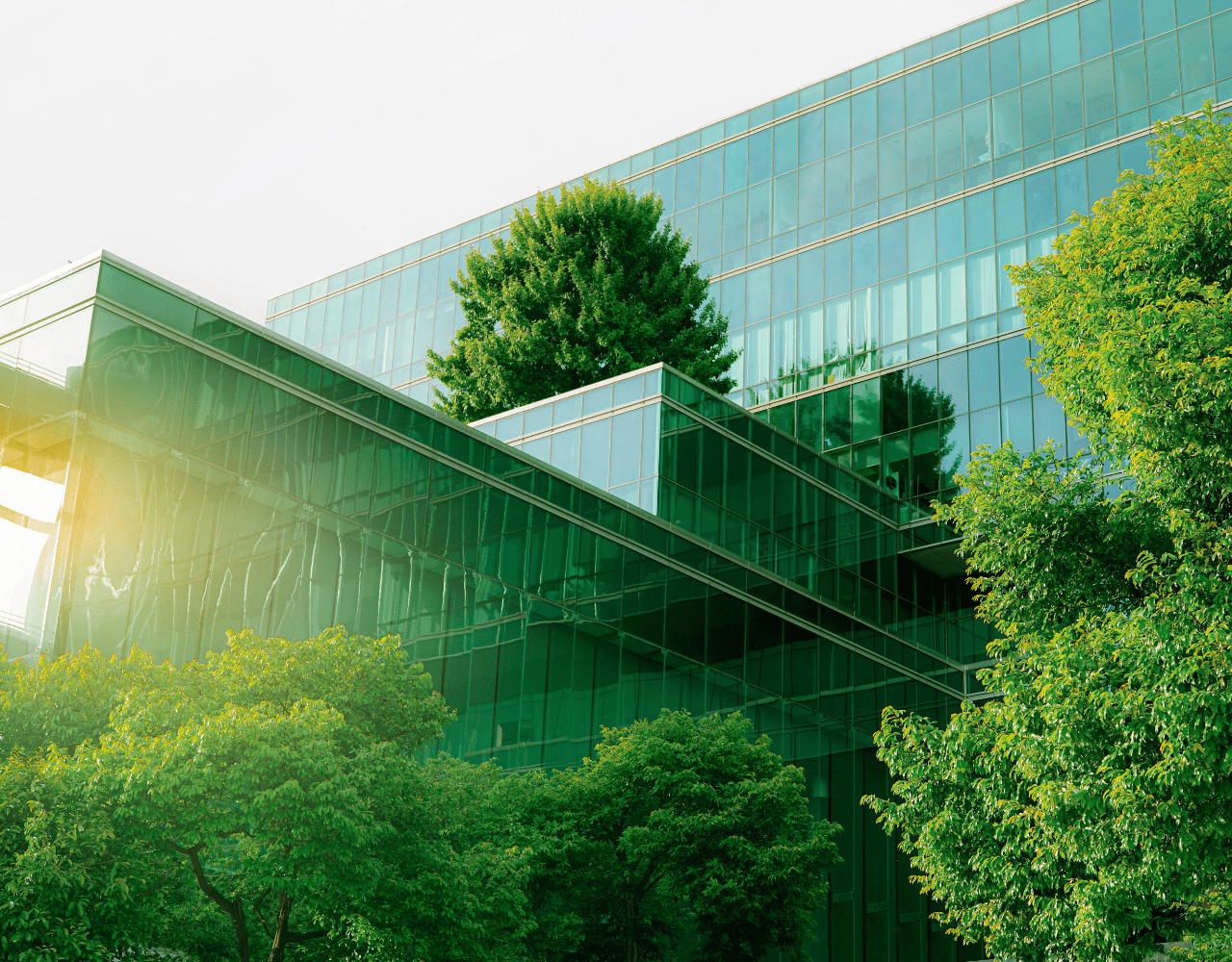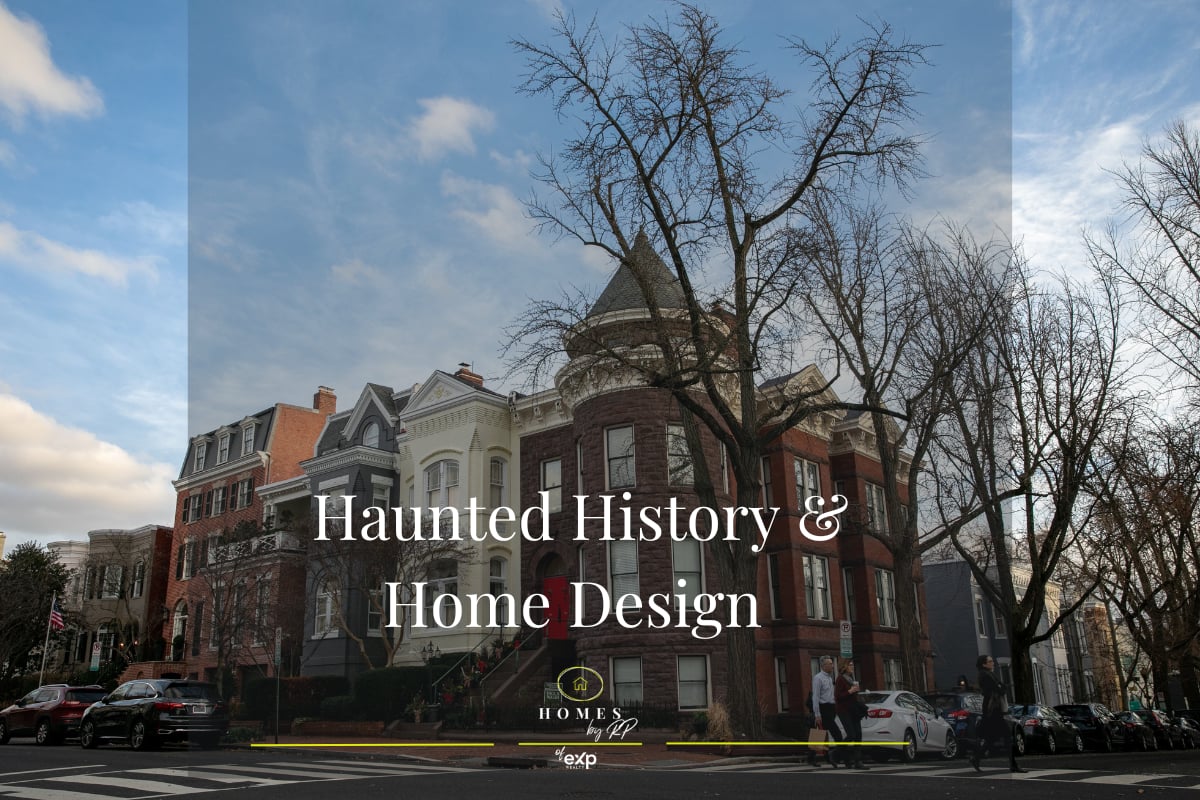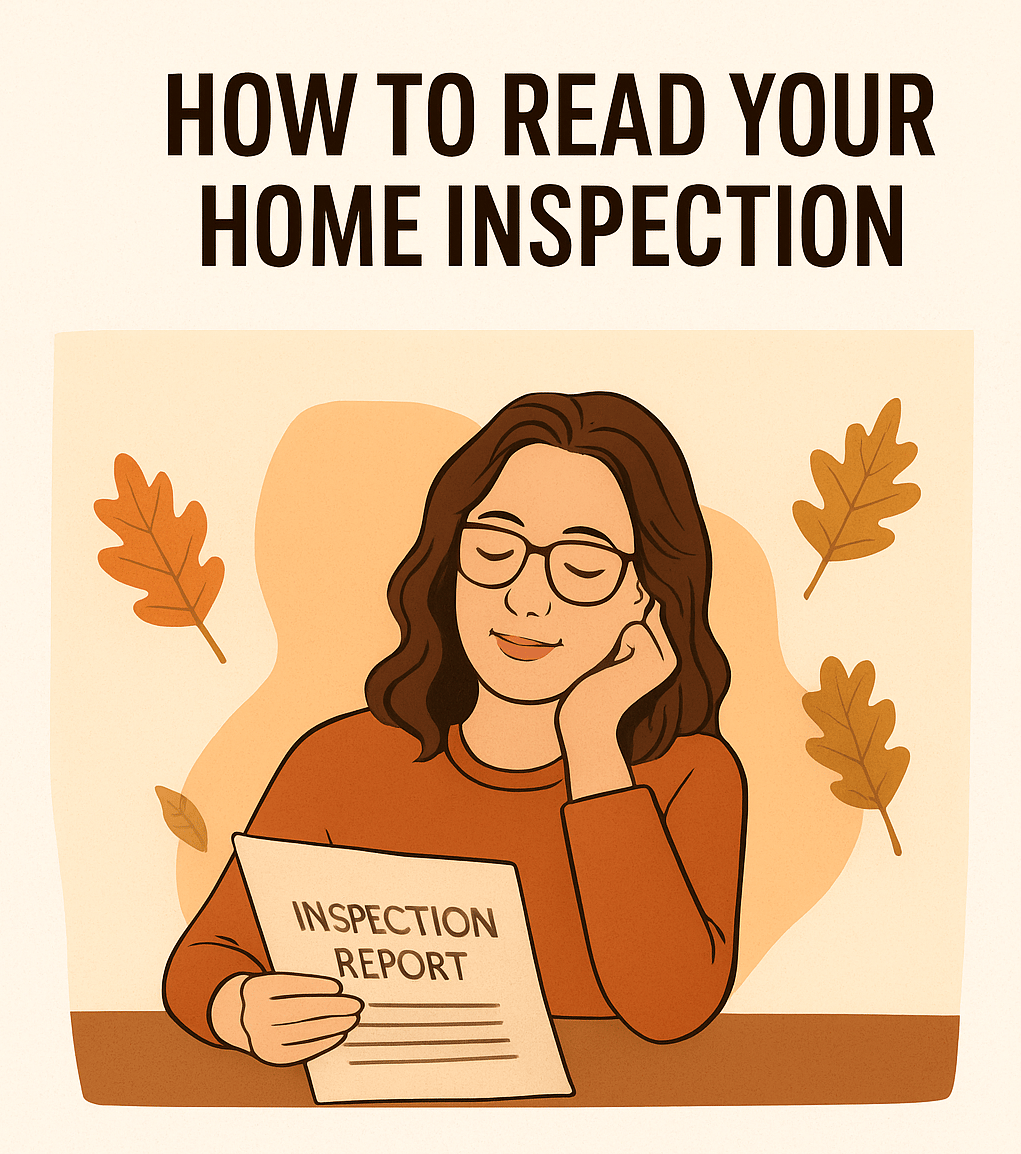Sustainable Living: Eco-Friendly Homes and Practices in Washington, DC
With the growing awareness of environmental issues, many homeowners in Washington, DC, are embracing sustainable living practices. This guide will explore eco-friendly homes, green building features, and sustainable practices to help you make environmentally conscious choices for your home.
Sustainable Living in Washington, DC
Washington, DC, has been a leader in sustainability, becoming the first LEED Platinum city in the world. The city's commitment to green living is evident in its numerous initiatives, from promoting energy-efficient buildings to supporting renewable energy sources. Whether you are passionate about reducing your carbon footprint or interested in saving on utility bills, Washington, DC, offers a range of options to suit your needs.
Why Choose an Eco-Friendly Home?
Eco-friendly homes offer numerous benefits, including:
- Reduced Utility Bills: Energy-efficient homes use less power, leading to lower electricity and water bills.
- Healthier Living Environment: Green homes often use non-toxic materials and have better air quality.
- Increased Property Value: Sustainable homes are increasingly in demand, making them a smart investment.
- Environmental Impact: Lowering your carbon footprint helps combat climate change and preserve natural resources.
Green Building Certifications
Several certifications can help you identify eco-friendly homes:
- LEED (Leadership in Energy and Environmental Design): LEED certification is one of the most widely recognized green building certifications. Homes are rated based on their energy efficiency, water usage, materials used, and indoor environmental quality.
- ENERGY STAR: This certification indicates that a home meets strict energy efficiency guidelines set by the U.S. Environmental Protection Agency.
- EarthCraft: This program focuses on energy efficiency and sustainability in the southeastern U.S., including DC. It covers a range of building types and sizes.
- Living Building Challenge: One of the most stringent green building certifications, this challenge goes beyond sustainability to ensure buildings have a positive impact on the environment.
Eco-Friendly Communities in Washington, DC
Several communities in Washington, DC, are leading the way in sustainable living:
-
The Wharf: This vibrant waterfront neighborhood is designed with sustainability in mind. It features green roofs, energy-efficient buildings, and extensive green spaces. The Wharf is also pedestrian-friendly, reducing the need for cars.
-
Capitol Riverfront: This rapidly growing neighborhood has made sustainability a priority. It includes several LEED-certified buildings and promotes green living through parks, river access, and public transit options.
-
Eckington Yards: This mixed-use development combines modern living with sustainable practices. The community includes green roofs, energy-efficient systems, and ample green spaces.
-
CityCenterDC: Located in the heart of downtown, CityCenterDC is a model of urban sustainability. The development features LEED-certified buildings, energy-efficient designs, and a strong emphasis on walkability.
Affordable Green Housing Options
Eco-friendly homes don’t have to break the bank. Here are some options for those looking to make sustainable living more affordable:
-
Retrofit Existing Homes: If buying a new home isn’t an option, consider retrofitting your existing home with energy-efficient appliances, better insulation, and solar panels.
-
Incentives and Rebates: Take advantage of federal, state, and local incentives for energy-efficient upgrades. The DC Sustainable Energy Utility (DCSEU) offers rebates for energy-efficient home improvements.
-
Affordable Green Housing Programs: Organizations like Habitat for Humanity and the DC Department of Housing and Community Development offer programs that incorporate green building practices into affordable housing.
Sustainable Features to Look For
Energy Efficiency
Energy-efficient homes use less energy for heating, cooling, and electrical appliances. Look for features such as:
- High-performance windows and insulation
- Energy Star-rated appliances
- Solar panels
- Geothermal heating and cooling systems
Water Conservation
Water-efficient homes include:
- Low-flow faucets and showerheads
- Dual-flush toilets
- Rainwater harvesting systems
- Native landscaping that reduces the need for irrigation
Sustainable Materials
Homes built with sustainable materials are healthier for occupants and the environment. These materials include:
- Recycled or reclaimed wood
- Bamboo flooring
- Low-VOC (volatile organic compounds) paints
- Eco-friendly insulation such as cellulose or recycled denim
Sustainable Living Practices
Adopting sustainable practices in your daily life can further reduce your environmental impact. Here are some tips to get you started:
Reduce, Reuse, Recycle
- Minimize waste by reducing consumption, reusing items, and recycling materials whenever possible. Composting organic waste can also reduce the amount of garbage you send to the landfill
Energy Conservation
- Simple actions like turning off lights when not in use, using energy-efficient light bulbs, and unplugging electronics can significantly reduce your energy consumption. Installing programmable thermostats can optimize heating and cooling systems, saving energy and money.
Water Conservation
- Fixing leaks, installing low-flow fixtures, and using water-efficient appliances can help conserve water. Additionally, collecting rainwater for irrigation and using drought-tolerant plants in your garden can further reduce water usage.
Sustainable Transportation
- Washington, DC, offers extensive bike lanes and public transportation options. Consider biking, walking, or using public transit instead of driving. If you need a car, choose a fuel-efficient or electric vehicle.
Supporting Local and Sustainable Products
- Purchasing locally sourced and sustainably produced goods supports the local economy and reduces the environmental impact of transportation. Look for farmers' markets, local artisans, and businesses committed to sustainable practices.
Government Initiatives and Resources
Washington, DC, has several programs to support sustainable living:
- RiverSmart Homes offers rebates and incentives for homeowners who implement stormwater management practices, such as rain barrels, permeable pavers, and rain gardens.
- Sustainable DC 2.0 Plan: This comprehensive plan aims to make DC the healthiest, greenest, and most livable city. It includes initiatives for energy efficiency, waste reduction, water conservation, and more.
- Clean Energy DC: Focuses on transitioning the city to renewable energy sources, improving energy efficiency in buildings, and modernizing the energy grid.
Conclusion
Sustainable living in Washington, DC, is not only beneficial for the environment but also for your health and finances. By choosing eco-friendly homes, adopting sustainable practices, and taking advantage of government programs, you can contribute to a greener future while enjoying the many benefits of a sustainable lifestyle. For more information on sustainable living and eco-friendly homes, our team of real estate agents in Washington DC is here to help!
Finding the perfect sustainable home requires a deep understanding of the local market and available options. That's why partnering with the best real estate agent in Washington, DC, is essential. A top-tier agent can identify eco-friendly properties, negotiate favorable terms, and guide you through the entire home-buying process.
We have the expertise and knowledge to guide you through the process, ensuring you find the perfect sustainable home that meets your needs and budget. Contact us today!
Call Richard, an experienced realtor, to start your journey towards sustainable living in Washington, DC. Let us help you find a home that's not only good for you but also good for the planet. Together, we can make a positive impact on the environment while enjoying the many benefits of eco-friendly living.
